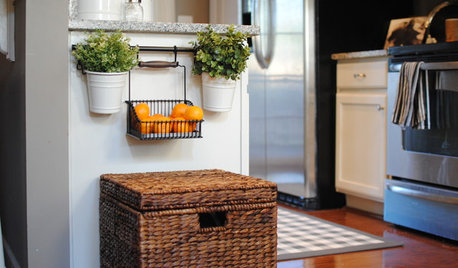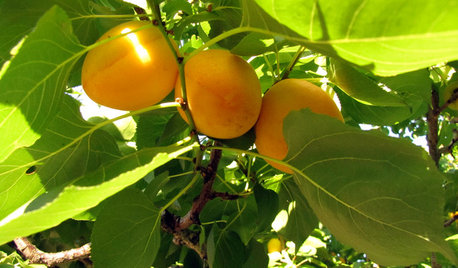Che Fruit Tree Sources
peachymomo
13 years ago
Featured Answer
Sort by:Oldest
Comments (29)
bonsaist
13 years agolast modified: 9 years agofruithack
13 years agolast modified: 9 years agoaustransplant
13 years agolast modified: 9 years agoScott F Smith
13 years agolast modified: 9 years agoaustransplant
13 years agolast modified: 9 years agoScott F Smith
13 years agolast modified: 9 years agoswvirginiadave
13 years agolast modified: 9 years agolucky_p
13 years agolast modified: 9 years agoScott F Smith
13 years agolast modified: 9 years agolkz5ia
10 years agolast modified: 9 years agohpierre
10 years agolast modified: 9 years agoaustransplant
10 years agolast modified: 9 years agomilehighgirl
10 years agolast modified: 9 years agoaustransplant
10 years agolast modified: 9 years agolkz5ia
10 years agolast modified: 9 years agohpierre
10 years agolast modified: 9 years agonomadcat
10 years agolast modified: 9 years agokunyao
9 years agolast modified: 9 years agoTony
9 years agolast modified: 9 years agokunyao
9 years agolast modified: 9 years agoTony
9 years agolast modified: 9 years agogatorguy1885
9 years agolast modified: 9 years agolisa-gemini
9 years agolast modified: 9 years agoTony
9 years agolast modified: 9 years agonewtoucan
9 years agolast modified: 9 years agoonurciftci48
7 years agonewtoucan
7 years agobluecaribe55
2 years agolast modified: 2 years ago
Related Stories

EDIBLE GARDENSHow to Grow 10 Favorite Fruit Trees at Home
Plant a mini orchard in fall, winter or early spring to enjoy fresh-off-the-tree fruit the following year
Full Story
Fruit Displays Sweeten Summer Interiors
Eating the rainbow takes on a new meaning in these seasonally inspired fresh fruit accents
Full Story
GARDENING GUIDESGreat Design Plant: Grow Blueberries for Their Fruit and More
Eastern gardeners should consider growing blueberry plants for their delicious fruits, bee-friendly spring blooms and brilliant fall foliage
Full Story
MOST POPULARHow to Get Rid of Those Pesky Summer Fruit Flies
Learn what fruit flies are, how to prevent them and how to get rid of them in your home
Full Story
GARDENING GUIDESPrunus Virginiana Thrives Under Deciduous Trees
Plant chokecherry for showy white flowers favored by native bees in spring, and to provide nesting habitat and food for birds
Full Story
LANDSCAPE DESIGNPretty Trees for Patios, Paths and Other Tight Spots
Choose trees for their size, shape and rate of growth — or shape them to fit your space. Here's how to get started
Full Story
GARDENING GUIDESWhen and How to Plant a Tree, and Why You Should
Trees add beauty while benefiting the environment. Learn the right way to plant one
Full Story
EDIBLE GARDENSHow to Grow Your Own Apricots
Velvety fruit, pretty blossoms and interesting bark make apricot trees a delight — and they’re great for smaller gardens
Full Story
SPRING GARDENINGTop 10 Scented Plants for Your Garden
A palette of perfumed plants can transform even the smallest of gardens into a sensory delight
Full Story
ARBOR DAY8 Reasons to Plant a Great Tree
Beauty is its own reward, but the benefits of planting the right tree in the right place go way beyond looks
Full StorySponsored
Your Custom Bath Designers & Remodelers in Columbus I 10X Best Houzz
More Discussions






hpierre